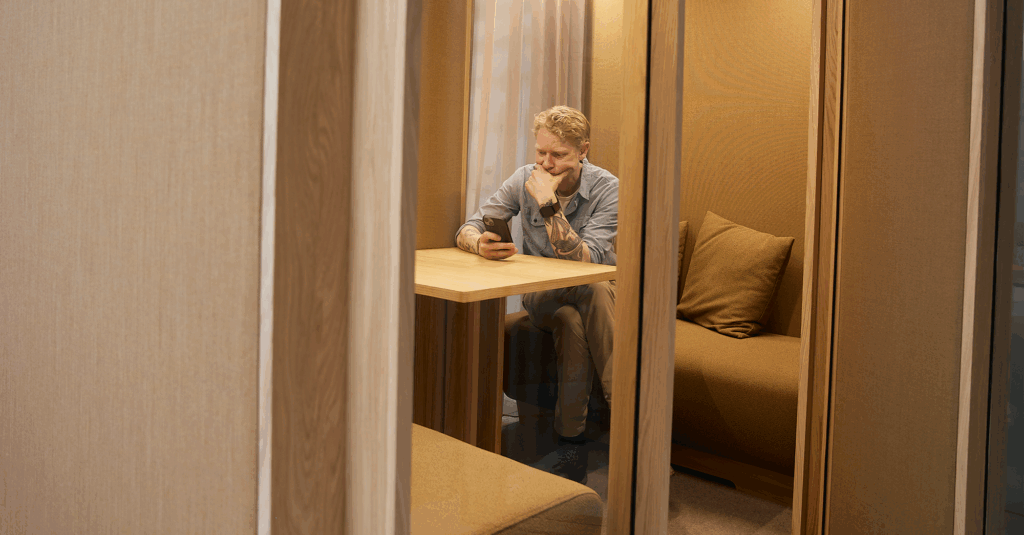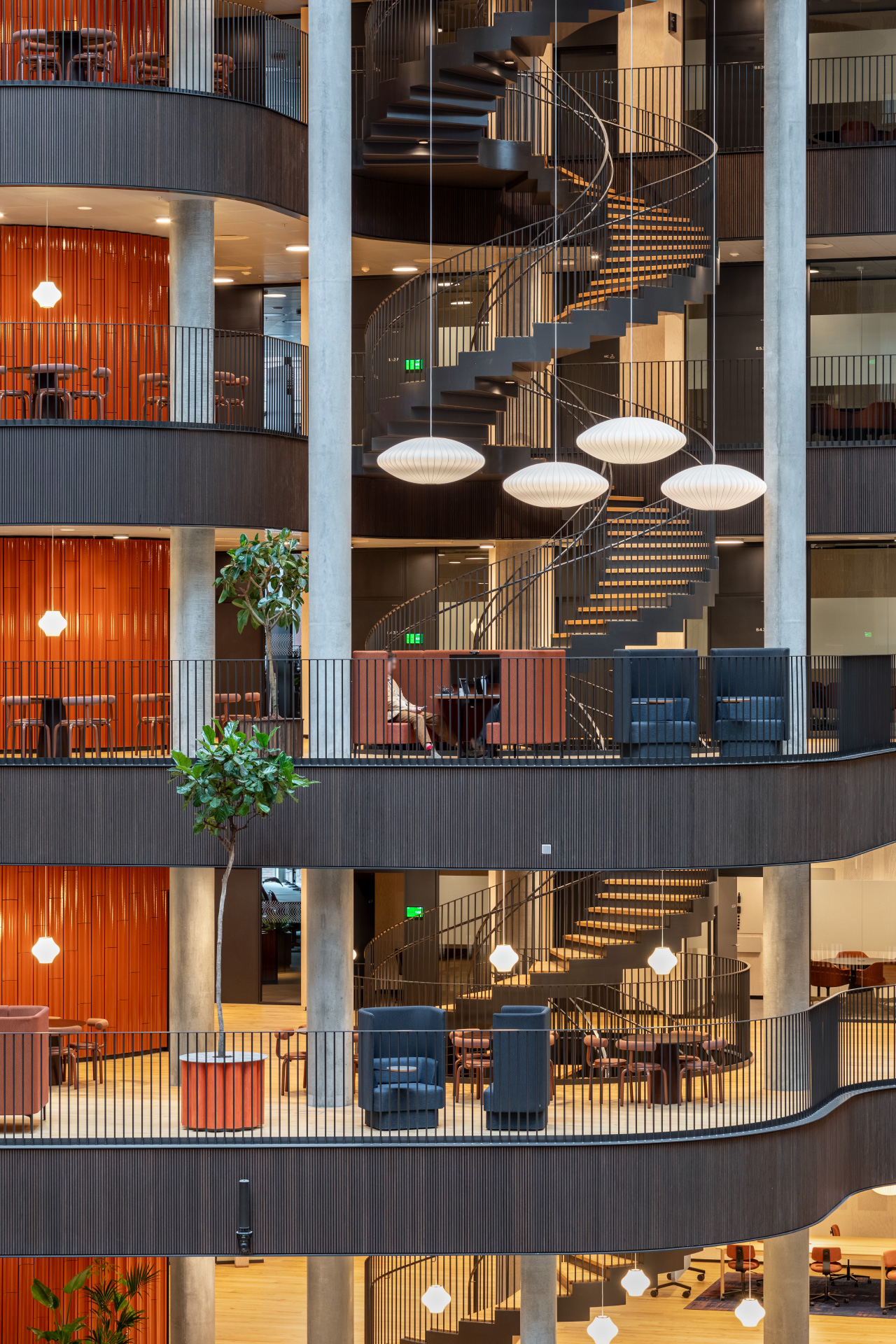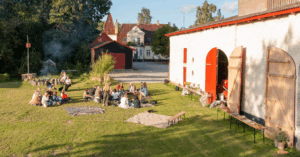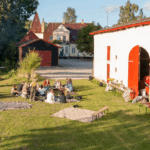The children have been dropped off, the first cup of coffee has been enjoyed, and you and your colleagues are back in the office chair. But how does it actually feel? Around one in five Danish employees is asking themselves that question right now.
A 2022 survey conducted by Business Danmark showed that 19.6 percent of respondents reflect on their job situation right after the summer holiday, whereas only 7.7 percent do so during the holiday itself.1 In many ways, it makes sense that when we return to the office and become aware of what we exchange our freedom for, we begin to reconsider whether it is worth it all along.
19.6 percent reflect on their job situation right after the summer holiday, whereas only 7.7 percent do so during the holiday itself.
Time is more than just money
A survey from the recruitment platform Randstad shows that, globally, the main reason for resigning is the desire to improve work-life balance.2 Other reasons are too low pay compared to living costs, receiving a job offer that cannot be refused, lack of career opportunities, and, in fifth place, spending too much time or money on commuting.
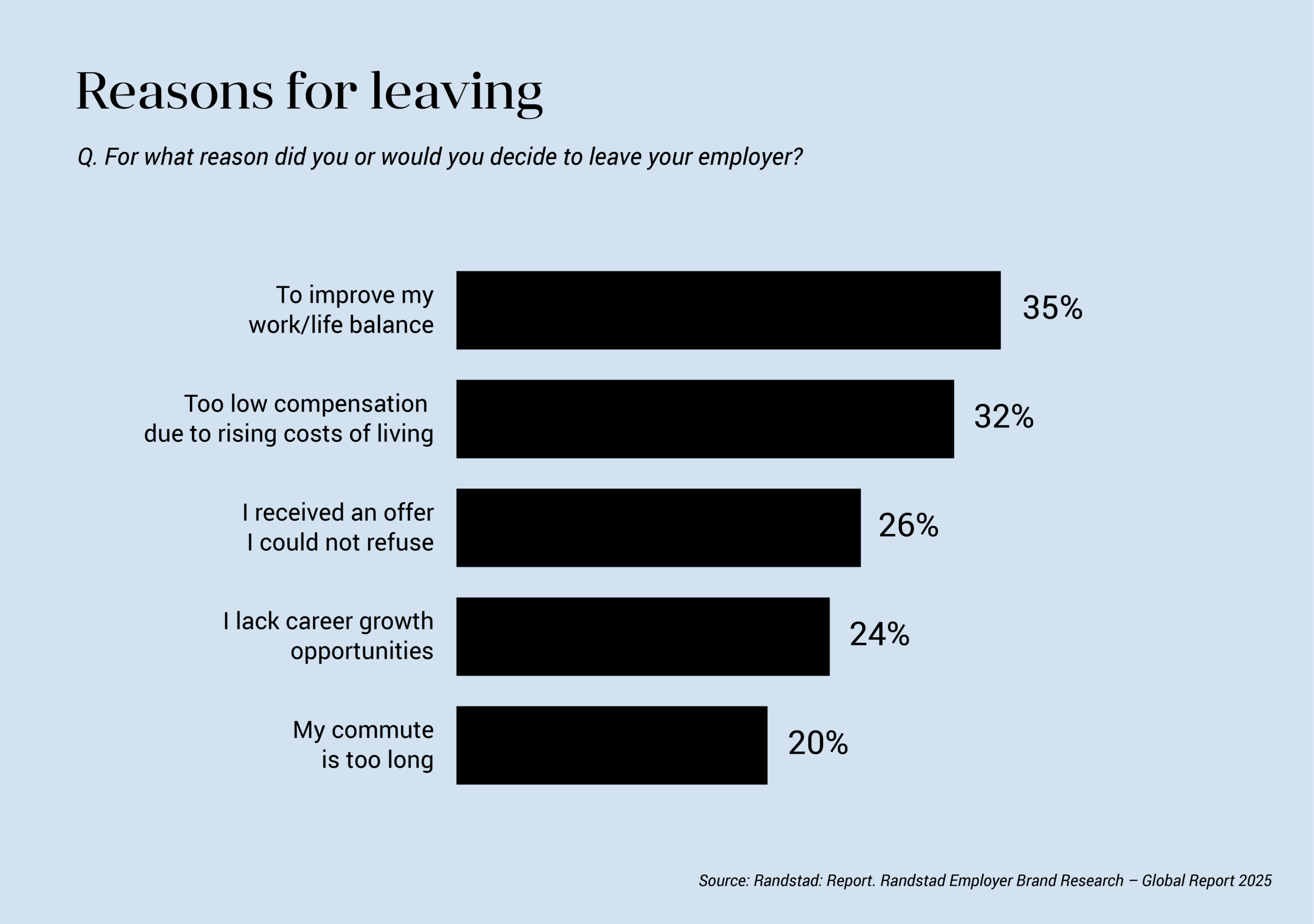
Time is therefore a significant factor in at least two out of the five main reasons for considering a job change. Time is money, yes, but time is also closely connected to our work routines and physical workspace.
Instead of employees wondering whether it is time for a change, perhaps it is time for a change in your workplace.
However, instead of employees wondering whether it is time for a change, perhaps it is time to consider how the office supports the fact that time is a valuable resource. In other words, it might be time for a change in your workplace.
Provide a better work-life balance through better facilities for focus
Did you know that it can take up to 23 minutes to regain concentration after being interrupted for just a moment?3 One aspect of this is the loss of annual productivity for the company; another is that it can mean unnecessarily long working hours for employees.
Create spaces for focused work with clearly defined rooms and guidelines – and you’re your colleagues by removing the most distracting element from the surroundings: phone and online meetings.
reMarkable’s “Rooms to Think” use sensory themes to create unique private spaces in the workplace (photo: Cathrine Holst).
Like Neighborhood at Implement Consulting Group, you can place meeting boxes near workstations to create easy access for ad hoc meetings.
Danske Bank has strategically used high-back furniture to create visual and acoustic privacy across their otherwise open atrium.
There are many ways to achieve this. Offer phone booths, meeting booths and/or dedicated phone areas close to the work stations to move calls away from colleagues who are highly focused, and/or create dedicated rooms where employees can withdraw and work undisturbed.
Avoid wasting time by ensuring sufficient facilities
How far do the employees on average live from their workplace, and how long do they spend commuting? Could commuting time count as working time if it is spent working? According to Ballisager, the average Dane is willing to commute about 30 minutes each way.4 But commuting time is one thing – on top of that comes time spent looking for parking, an available meeting room, or a desk in the office.
Make it easy
In recent years, more and more companies have brought time-saving services into the office, for example by offering takeaway food from the canteen to employees, or by ensuring that everyday tasks such as getting a bicycle repaired or buying a gift can be handled in-house.
Make it easy to save time – from take-away from the canteen to bike repairs during work hours.
At Holmris B8, we see this trend amongst our clients and expect it to grow in the coming years, making the office worth the commute and everyday life less stressful for employees.
Do you need inspiration for how your office can give time back to employees?
1. Business Danmark: Article. Flest fristes af nyt job efter ferien. 2022.
2. Randstad: Report. Randstad Employer Brand Research – Global Report 2025
3. Fast Company. Article: Worker, Interrupted: The Cost of Task Switching.
4. Ballisager. Report: Kandidatanalysen 2023.

